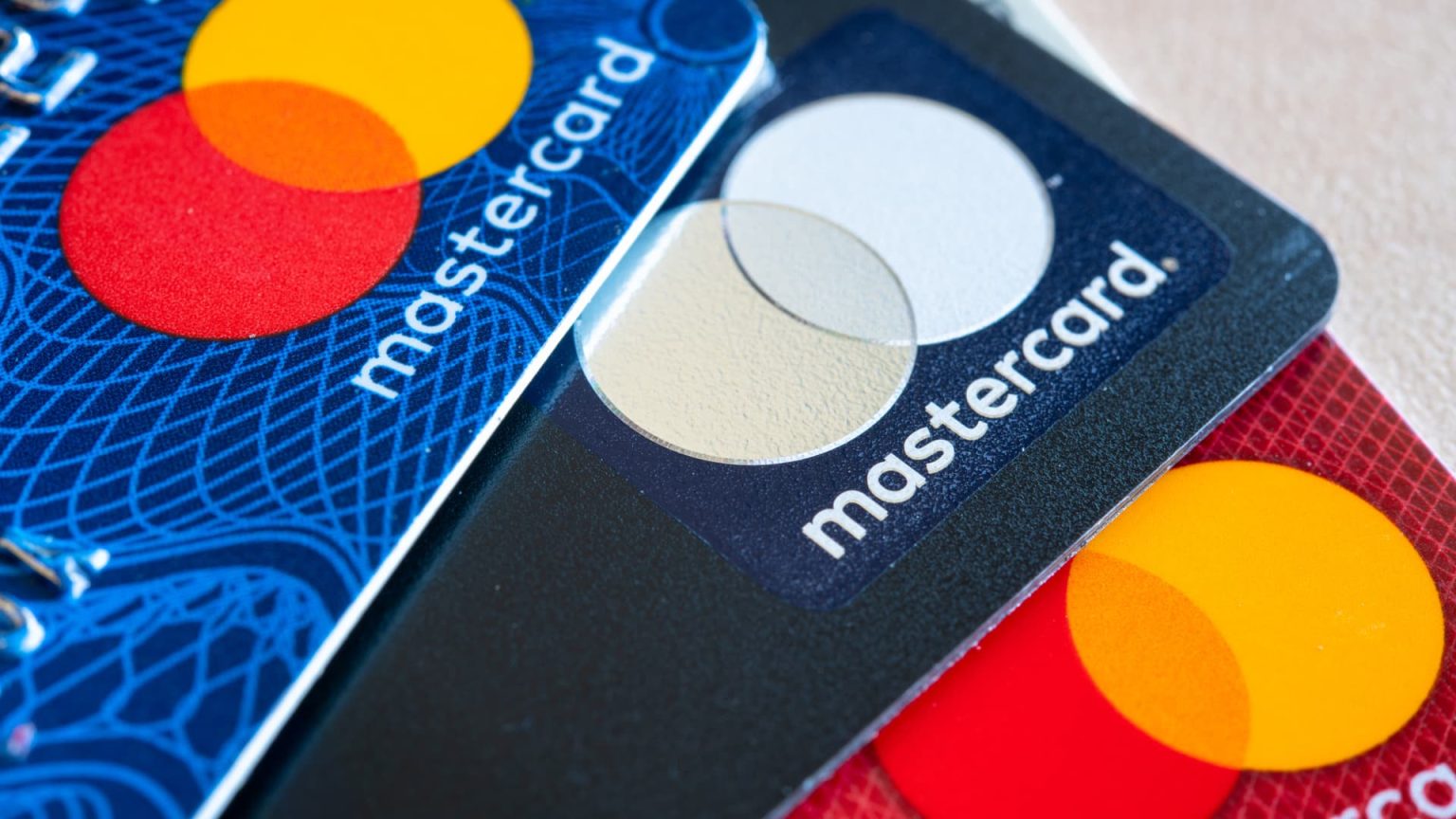By 2030, Mastercard will introduce a tokenized system in Europe, eliminating the need for users to manually enter their 16-digit card numbers when making online transactions. This change aims to enhance security by replacing card numbers with randomly-generated tokens. Mastercard has been working with various partners to implement this system, ensuring a seamless payment process across all online platforms with a one-click button. The company is also introducing passkeys to replace passwords, enabling users to make quick and secure payments using biometric authentication such as thumbprints. This new system will automatically update cards stored in merchants’ pages or electronic wallets, reducing fraud rates significantly.
Online payment fraud is a growing concern, with losses expected to exceed $91 billion by 2028. Mastercard states that implementing tokenization can reduce fraud rates dramatically, as it currently secures about 25% of all e-commerce transactions across its network globally. The company has seen a 50% increase in the adoption of tokenization each year and believes that 100% tokenization across e-commerce sites will be beneficial for consumers, retailers, and card issuers. Mastercard’s decision to roll out this change in Europe is based on the continent’s history of leading payment innovations, such as contactless payments and online banking, which have revolutionized the way people manage their finances.
The evolution of payment methods has been a continuous process, from the introduction of credit cards in the 1950s and 1960s to the rise of online payments with the internet’s widespread adoption in the early 2000s. In the early days of credit cards, transactions were verified manually by bank clerks, using a book of invalid numbers or contacting the issuing bank. The shift to magnetic stripes and electronic payment terminals in the 1970s and 1980s paved the way for cards with microchips that stored user data. Mastercard’s move towards an embedded payment system is expected to be as significant as the transition to chip and PIN or contactless payments, making the online shopping experience as seamless as making in-store contactless payments.
The tokenized system introduced by Mastercard will redefine the online payment experience, enabling users to make quick and secure transactions with just one click across various devices. This technology will make online shopping as easy as making contactless payments in-store, enhancing convenience and security for consumers. For example, Mastercard’s partnership with Mercedes-Benz allows customers to make digital payments using a fingerprint sensor in their cars at service stations in Germany. By 2030, all cards issued on Mastercard’s network in Europe will be tokenized, ensuring a safer and more efficient payment process for shoppers, retailers, and card issuers.


